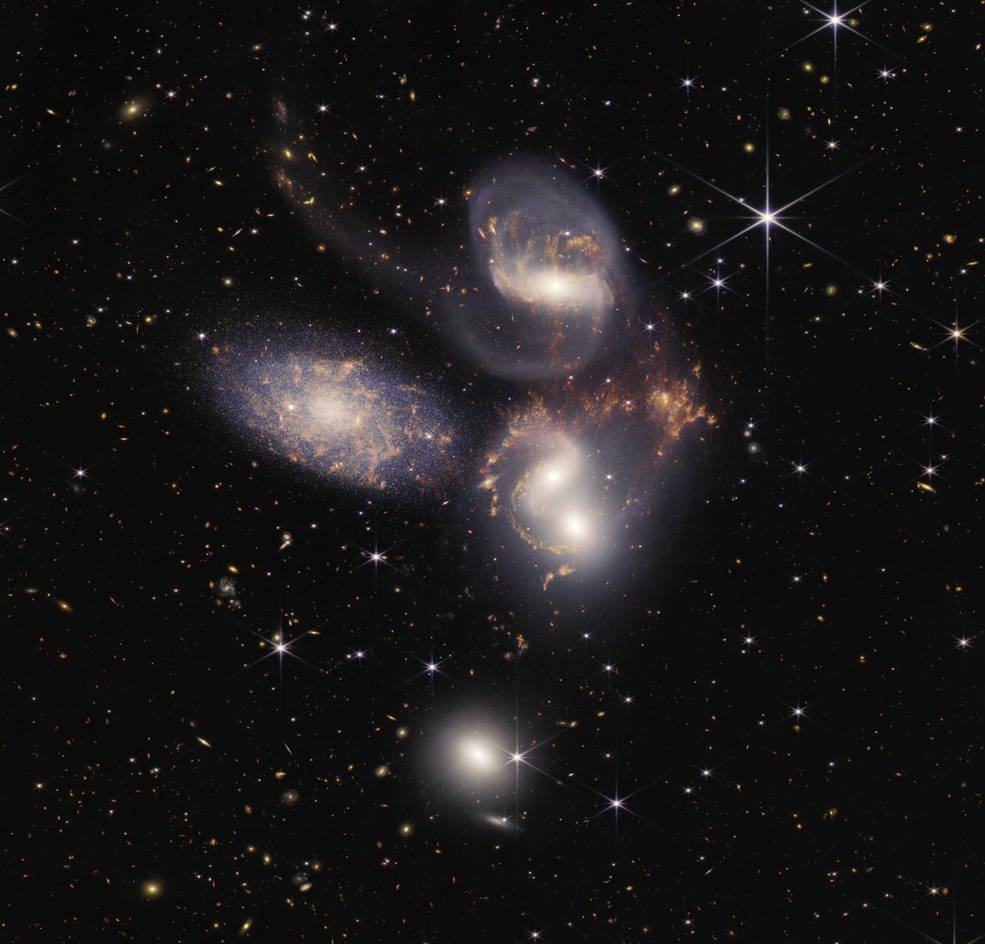gardening glossary *
-
amendments
This refers to an amendment to the soil. Typically this is an addition of NPK or nitrogen, phosphorous, and potassium that helps improve the health of your soil. Common amendments include fish meal, guano, worm castings, biochar, wood debris, and compost.
-
biodynamic
What we call biodynamic farming is a practice used across cultures, including Indigenous/Native American agriculture, for millennia. Biodynamic is a type of organic and regenerative farming that uses the sun, moon, and constellations to guide the planting and harvesting seasons.
-
Community supported agriculture (CSA)
To learn more about the origins of the CSA, check out the article: “The CSAs Roots in Black History”. It’s also important to recognize that CSAs now can be cost prohibitive for many low income and BIPOC communities. Mudbone Grown and Kasama Farms both offer BIPOC specific CSAs during the growing seasons (usually spring through fall). Some other local farming and gardening operations also offer sliding scale CSAs and the PSU Learning Gardens Lab offers a sliding scale CSA.
-
cover crop
Plants that are sewn into the land to bring nourishment to the soil. Some examples include red clover, hairy vetch, and buckwheat.
-
crop rotation
Crop rotations refers to growing different plants in different locations. This is the opposite of monoculture practices. For example, you plant x in the spring and y in the same place in the summer. Rotating the types of crops you grow helps to mitigate pests and retain soil healthy by distributing different nutrients into the soil with the changing growing seasons.
-
dry farming
A method that does not use an irrigation system.
-
flora and fauna
Scientific terms that refer to plant life (flora) and animal life (fauna).
-
fungi
Yeasts, molds, mushrooms! Fungi take many forms and have been around for a long time. They are considered ancient having appeared over 1 billion years ago. Many fungi are beneficial and many can be harmful to flora, fauna, and folks.
-
herbicide
Typically a chemical solution that kills plants - often targeted at plants considered to be invasive or weeds. can have negative effect on the health of the environment, people, and pollinators like bees. some organic herbicides do exist.
-
honorable harvest
The honorable harvest is an Indigenous principle popularized by scholar, activist, and author Robin Wall Kimmerer, an enrolled member of the Citizen Potowami Nation. In simple explanation, the principle is the antithesis of our current capitalist, extractive culture. Instead we are asked to practice reciprocity with the natural world around us. To learn more check out the link above!
-
hügelkultur
Traditional way of building a garden bed from rotten logs and plant debris with a layer of soil on top.
-
monoculture
The practice of growing one crop species in a field at a time. This practice when done at the large scale it is today is harmful to the land and destroys the health of the soil. Examples of common monocultures include: wine grapes, corn, and soy.
-
native plant
Indigenous terrestrial and aquatic species that have evolved and occur naturally in a particular region, ecosystem, and habitat.
-
no till
A practice/method that does not turn over the soil (break it up) and keeps the layers of soil intact.
-
organic
Okay, there’s a lot to unpack here. Simply put organic, when referring to food and plants, means that the seed, soil, and conditions the plant was grown in were done so without the use of certain harmful substances or practices (pesticides, artificial fertilizer). To become USDA certified, which an expensive and long process, farms must meet specific criteria. Many folks growing on a smaller scale use organic growing practices without a USDA label due to its cost and time prohibitive nature. The rise of industrial agriculture, monoculture, and the impacts of European settler colonization have resulted in the need for distinguishing organic practices from commercial ones.
-
pesticide
A chemical agent used to control “pests” including weeds and insects. Insecticides are a type of pesticide used to kill insects by targeting their nervous systems with neurotoxins. Many pesticides harm beneficial pollinators and can be harmful to other animals including humans. Fungicides are another type of pesticide and control the growth of parasitic fungi.
-
pollinator
An animal (bees, butterflies, etc.) who transfers pollen grains from the anther of a flower to the stigma. pollinators are critical to the food cycle and to sustaining healthy, biodiverse ecosystems.
-
regenerative agriculture
Practice that focuses on improving soil health of the land, rooted in traditional ecological knowledge. Learn more about Indigenous perspectives on decolonizing regenerative ag - “Decolonizing Regenerative Agriculture: An Indigenous Perspective” and how regenerative ag has excluded BIPOC history and contemporary practitioners “Does Regenerative Agriculture Have a Race Problem”.
-
soil
Soil is what all flora, fauna, and folks need to live. It is the life force beneath our bodies. Healthy soil is full of living organisms that allow the plants that nourish all of us to grow. Dirt (sand, silt, clay) is where soil starts. we all need soil to survive - the UN Food and Agriculture Organization recently estimated that 90% of the remaining topsoil on Earth will be at risk by 2050. This is a part of the climate crisis caused by white supremacist and capitalist agriculture.
-
starts
Produce starts are baby plants. begin growing your garden with these! You’ll often find them in packs of 4 or 6 or in 2” containers. Once you plant them in healthy soil, with enough sunshine and appropriate water they should flourish into full size veggies, fruits, herbs, and flowers.
-
traditional ecological knowledge
Knowledge and/or science Indigenous communities hold that has been learned, cultivated, and passed down generationally as a result of millennia of contact and communion with the flora and fauna of the land.
Are we missing something? Build out the glossary with us! Community, resistance, and resources are built from sharing our knowledge with each other and giving credit where it’s due.
Knowledge belongs to the people.
🧄
🧄



